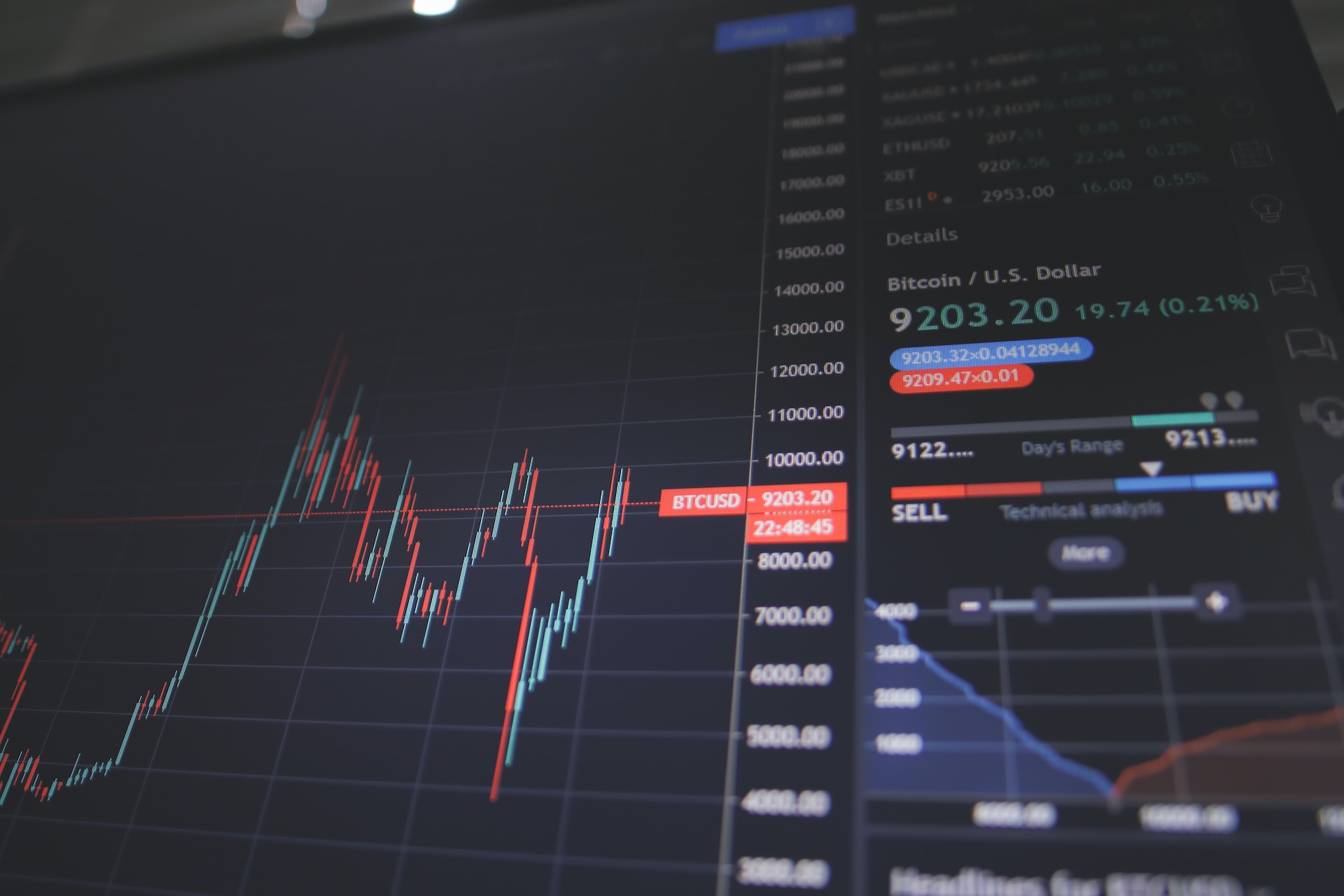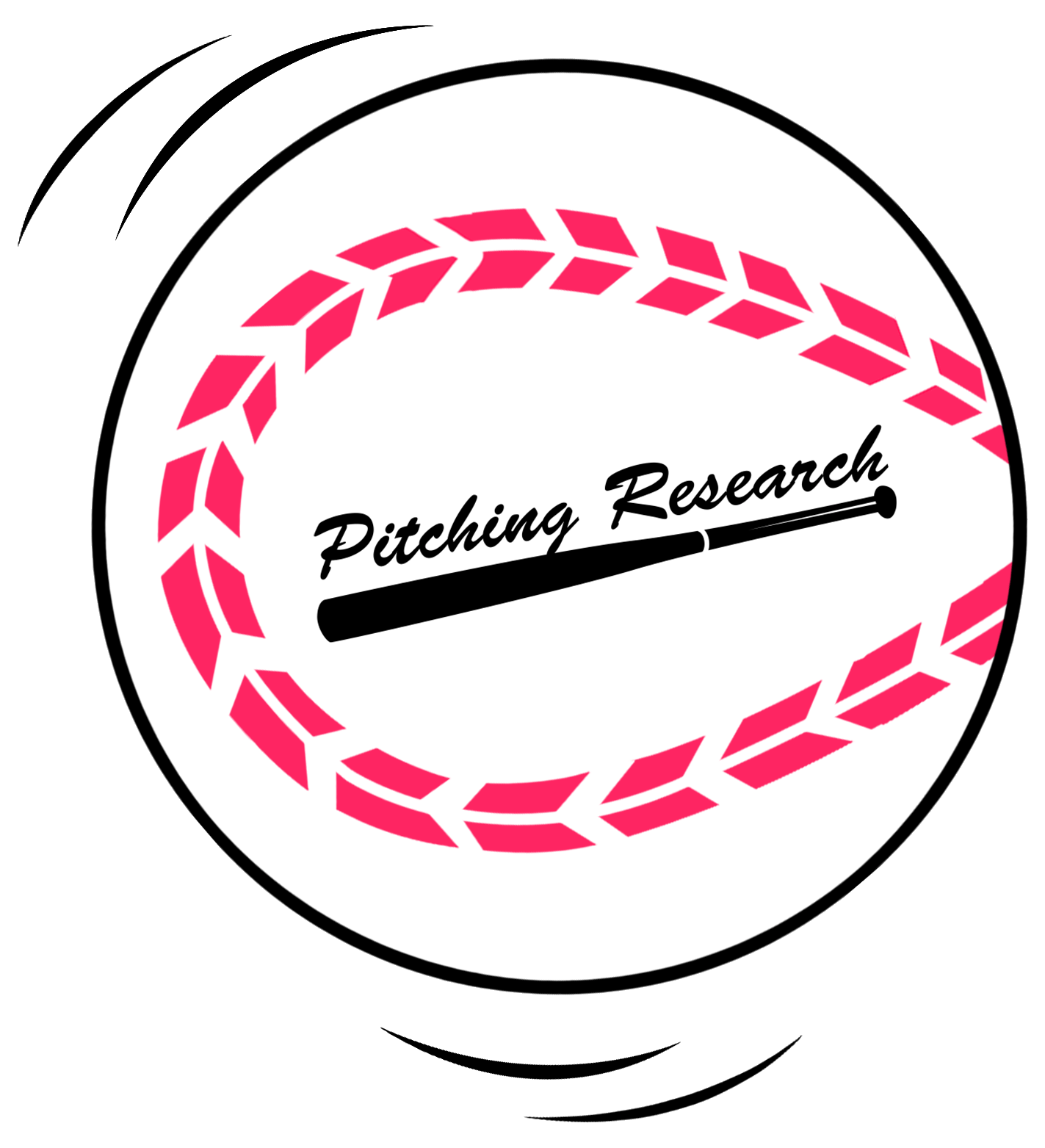US Stock Return Predictor
How to use the model
Collect the following information regarding the company of interest:
- The country that the company is domiciled in.
- The industry that the company generates most of its profits from.
- The most recent audited financial statements from the company.
Input data into the model and click the ‘Submit’ button to begin model estimation.
Read the credit score of the company and assess its creditworthiness.
- Score of 600-1000. This reflects an investment-grade firm.
- Score of 400-600. This reflects a high-yield firm
- Score of 200-400. This reflects a speculative-grade firm.
- Interest coverage ratio. A debt and profitability ratio used to determine how easily a company can pay interest on its outstanding debt. The interest coverage ratio is calculated by dividing a company’s earnings before interest and taxes (EBIT) by its interest expense during a given period. Generally, a higher ratio is a more financially stable company.
- Gross profit margin. A metric to assess a company’s financial health by calculating the amount of money left over from product sales after subtracting the cost of goods sold (COGS). Generally, a higher ratio is a more profitable company.
- Total Liabilities/Total Assets. A leverage ratio that defines the total amount of debt relative to assets owned by a company. Generally, a lower ratio reflects a more financial stable company.
- Inventory/Current Assets. An efficiency ratio that shows the portion of assets tied up in inventory. Generally a lower ratio is considered a better performing company.
- Interest/Average Total Debt. A solvency ratio that determines the rate of interest paid by a business on its total debt. Generally, a lower ratio is a more financial stable company.
- Total Liabilities/Total Tangible Assets. A leverage ratio that defines the total amount of debt relative to assets owned by a company. Net tangible assets are calculated as the total assets of a company, minus any intangible assets such as goodwill, patents, and trademarks, less all liabilities and the par value of preferred stock. Generally, a lower ratio is a more financially stable company.
- Inventory turnover. The rate at which a company replaces inventory in a given period due to sales. It is a measure of how well a company generates sales from its inventory. Generally, a higher ratio is a more efficient company.
- Receivables turnover. Used to quantify a company’s effectiveness in collecting its accounts receivable, or the money owed by customers or clients. This ratio measures how well a company uses and manages the credit it extends to customers and how quickly that short-term debt is collected. Generally, a higher ratio is a more efficient company.








